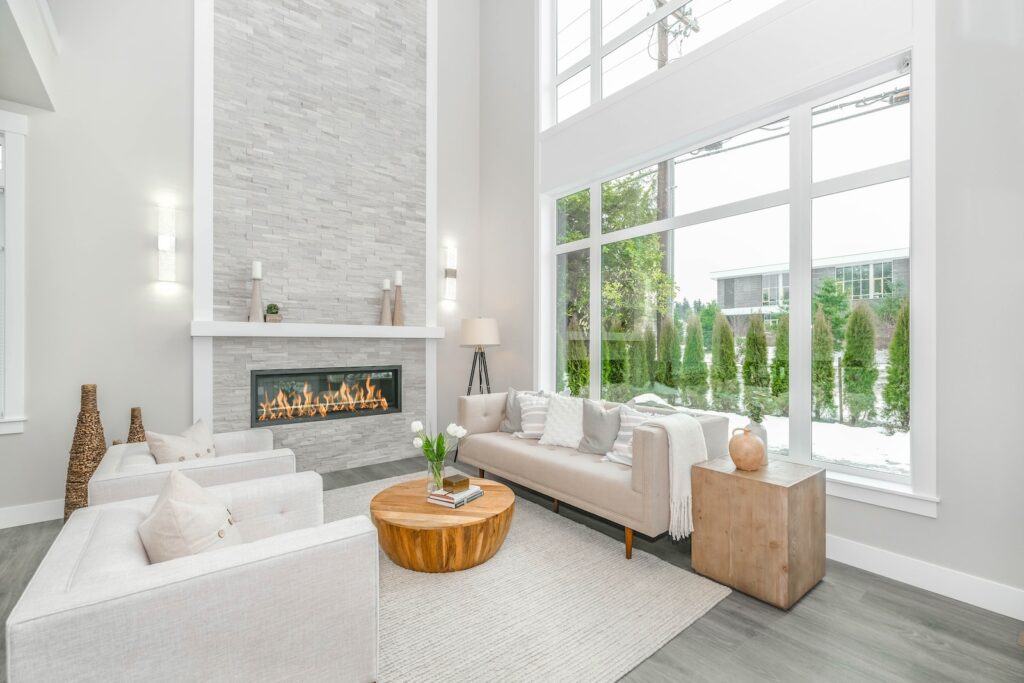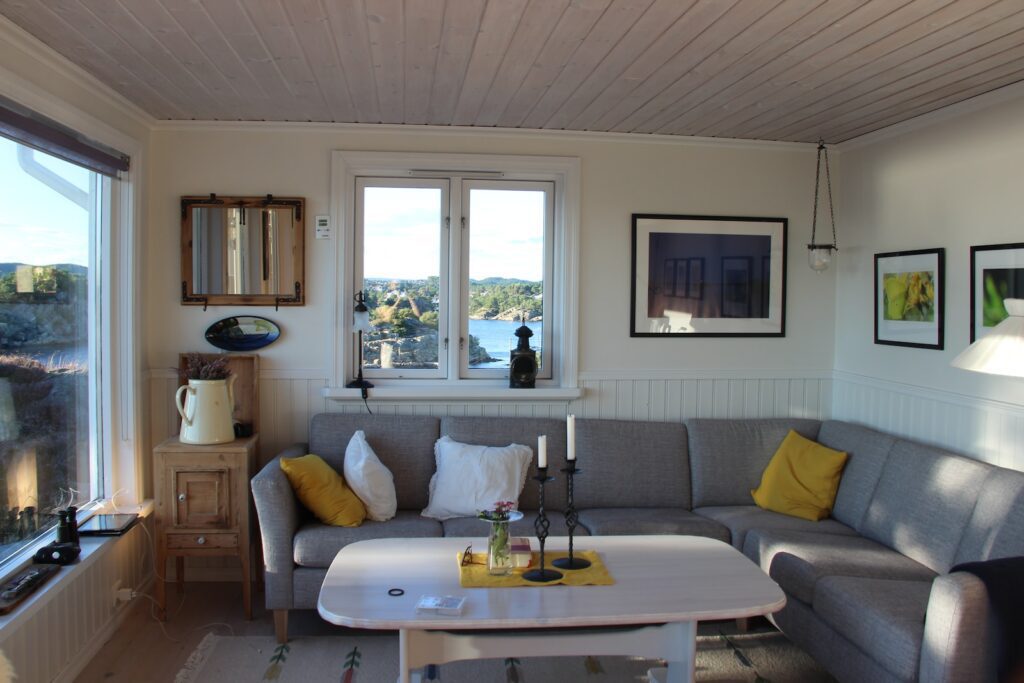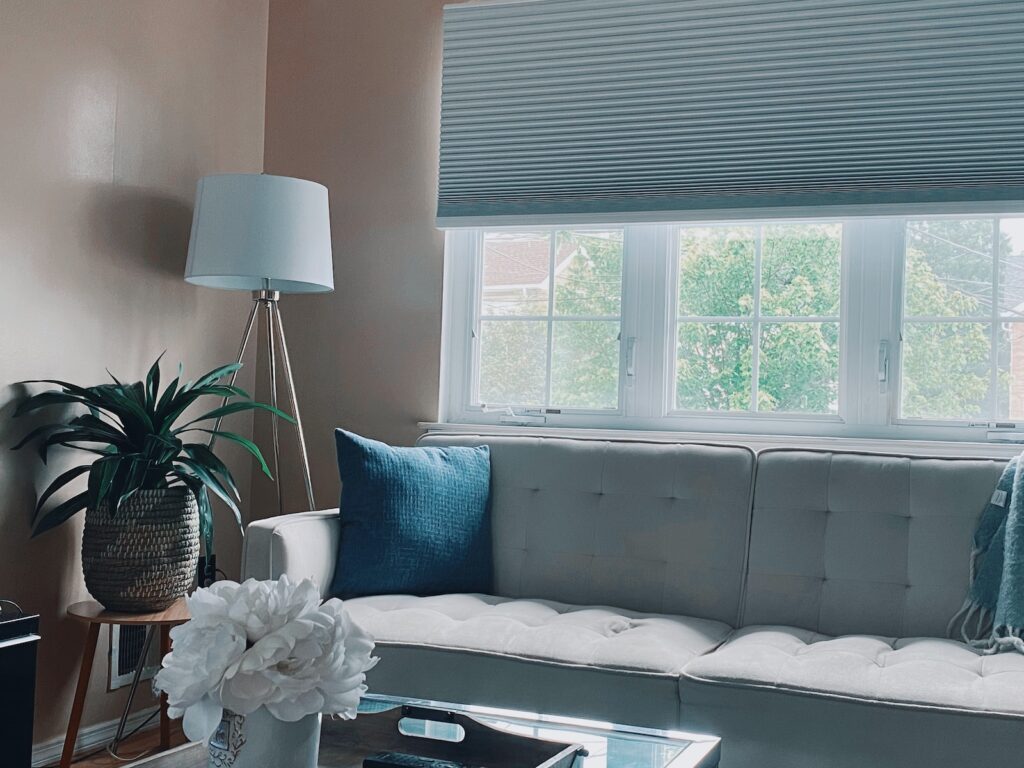Have you ever wondered what a standard window size is? If you’re in the process of building or renovating a home, or just curious about the dimensions of a typical window, this topic is for you. The size of a window plays a crucial role in determining the amount of natural light and ventilation that enters a room. Knowing the standard window size can help you make informed decisions when it comes to selecting the right window for your space. In this article, we’ll explore the different types of windows and their standard sizes to help you get started.

Is There A Standard Size for Windows?
A standard window size refers to the typical measurements of a window that is commonly used in construction. These sizes are often determined by the manufacturer and are widely recognized in the industry. Knowing the standard window sizes can help homeowners, builders, and architects in planning and designing buildings, especially when it comes to fitting windows into specific spaces.
Standard Window Sizes for Residential Buildings
Residential buildings typically have standard window sizes that range from 2 feet to 8 feet in height and 2 feet to 6 feet in width. These sizes are commonly used in single-family homes, apartments, and condominiums. The most common standard window size for residential buildings is 3 feet by 5 feet.
Here are other standard window sizes commonly used in residential buildings:
| Window Type | Height (ft) | Width (ft) |
|---|---|---|
| Single-hung | 2 | 1.5 – 3 |
| Double-hung | 2 – 6 | 1.5 – 6 |
| Sliding | 3 – 6 | 3 – 6 |
| Casement | 3 – 6 | 1 – 2.5 |
Single-hung windows have a fixed top sash and a movable bottom sash, while double-hung windows have movable top and bottom sashes. Sliding windows have one or more panels that slide horizontally, while casement windows have one or more panels that swing outward or inward.
It’s important to note that these are just standard sizes and that custom-sized windows can also be manufactured to fit specific requirements.
Standard Window Sizes for Commercial Buildings
Commercial buildings have different window size requirements than residential buildings. These buildings often require larger windows to allow for more natural light and better ventilation. The standard window sizes for commercial buildings range from 3 feet to 10 feet in height and 3 feet to 6 feet in width.
Here are some common standard window sizes for commercial buildings:
- Picture windows – 3 feet by 6 feet
- Horizontal sliding windows – 3 feet by 6 feet
- Vertical sliding windows – 4 feet by 8 feet
- Casement windows – 3 feet by 6 feet
Large storefront windows are also commonly used in commercial buildings. These windows are typically custom-sized and can range in height and width depending on the building’s design.
The Benefits of Standard Window Sizes
Standard window sizes have several benefits for homeowners, builders, and architects. These benefits include:
- Cost savings – Standard windows are often less expensive than custom-sized windows because they are mass-produced.
- Easier installation – Standard windows are easier to install because they are designed to fit into common window openings.
- Wider availability – Standard windows are widely available, making it easier to find replacement parts and accessories.
Standard Window Sizes vs. Custom Window Sizes
While standard window sizes offer many benefits, custom-sized windows also have advantages. Custom windows are ideal for unique spaces and can be designed to fit specific requirements. They also offer more design flexibility, allowing homeowners and architects to create custom window designs that match the building’s aesthetics.
However, custom windows are often more expensive and can take longer to manufacture and install. They can also be more difficult to find replacement parts and accessories for.
Conclusion
When it comes to choosing windows for a building, understanding standard window sizes is crucial. Standard sizes offer several benefits, including cost savings, easier installation, and wider availability. However, custom-sized windows are also an option for those who require unique sizes or designs. Ultimately, the decision between standard and custom window sizes will depend on the specific needs and requirements of the building.
Frequently Asked Questions
What factors determine the standard window size?
Several factors determine the standard window size, including the age of the building, the architectural style, and the local building codes. Standard sizes vary by region and building type. In general, newer buildings tend to have larger windows than older buildings.
Architectural styles also play a role in the standard window size. For example, modern and contemporary buildings often have larger windows to allow for more natural light, while traditional styles may have smaller, more uniform windows.
What are the most common standard window sizes for residential buildings?
The most common standard window sizes for residential buildings are 24 x 36 inches, 24 x 46 inches, 28 x 54 inches, 28 x 66 inches, 28 x 70 inches, and 34 x 46 inches. These sizes are often used for both single and double-hung windows, and they may vary slightly depending on the manufacturer.
It’s important to note that these sizes are just guidelines and may not fit every building or room. It’s always best to measure the window opening and consult with a professional to ensure the right size is selected.
What are the most common standard window sizes for commercial buildings?
The most common standard window sizes for commercial buildings are 36 x 36 inches, 48 x 48 inches, and 60 x 60 inches. These sizes are often used for storefront windows, office buildings, and other commercial applications. However, as with residential windows, it’s important to measure the opening and consult with a professional to ensure the right size is selected.
In addition, some commercial buildings may require custom-sized windows to meet specific design or safety requirements. In these cases, it’s best to work with a manufacturer that can create custom windows to meet the building’s needs.
What are the advantages of using standard window sizes?
Using standard window sizes can help reduce costs and simplify the installation process. Standard sizes are readily available from most manufacturers, which can make it easier to find the right window for a specific project. Standard sizes are also more likely to be in stock, which can help reduce lead times and ensure that the project stays on schedule.
In addition, using standard sizes can help ensure that replacement windows are readily available if needed. If a window is damaged or needs to be replaced, having a standard size can simplify the process and reduce downtime.
What should I consider when selecting a window size?
When selecting a window size, it’s important to consider the function of the room, the amount of natural light desired, and the architectural style of the building. For example, rooms that require more natural light, such as kitchens and living rooms, may benefit from larger windows. Rooms that require more privacy, such as bedrooms and bathrooms, may benefit from smaller windows.
It’s also important to consider the overall design of the building. A building with a modern or contemporary style may benefit from larger windows, while a building with a traditional or historic style may benefit from smaller, more uniform windows. Consulting with a professional can also help ensure that the right window size is selected for the specific project.
What is the standard size of a window in residential Buildings?
In conclusion, understanding the standard window size is crucial when replacing or installing windows in your home or building. By determining the size of the opening and the type of window you want, you can choose the appropriate standard size that fits your needs.
Keep in mind that standard window sizes can vary depending on the manufacturer, style, and location of your property. It’s always best to consult with a professional to ensure that you get the right measurements and specifications for your windows.
With the right standard window size, you can improve the overall appearance and energy efficiency of your property. Don’t hesitate to explore your options and find the perfect windows that will complement your style and provide the functionality you need.

